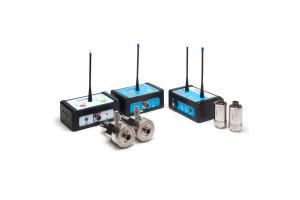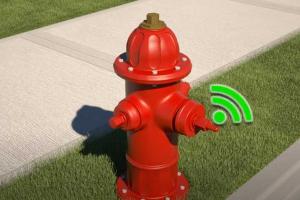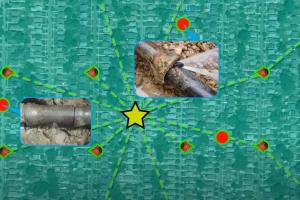Wie kann man Wasserverluste schnell reduzieren?

In order to deal effectively with water losses, it is important to know where the losses are occurring and how much water is being lost. The most common approach to addressing water leakage is to set up District Metered Areas (DMAs) to perform flow balances that determine the difference between the amount of water entering the zone and actual consumption. From this, the amount of water losses and leaks can be determined.
The next step is to pinpoint the exact location of the water loss. This is usually done by qualified engineers or field technicians using a range of technologies that require periodic inspections of a particular zone. Acoustics is one of the predominant methods that determine the location of water loss.
With a strong background in acoustic technology, Echologics has expanded its products and systems through intensive research and development to further advance the existing technology. This enables Echologics' offering to work effectively across all pipe materials - including plastic and asbestos cement - and to work in both transmission and distribution networks. The latest innovation, the EchoShore® platform, is a cloud-based leak detection solution . The EchoShore® platform is the result of extensive global experience in the development and application of acoustic technologies.
The Echoshore® platform combines established leak detection software with highly developed cloud-based data analysis to localize leaks in the infrastructure network. In contrast to other cloud-based platforms, the EchoShore® technology can localize small leaks with an accuracy of +/- 2 m in the pipeline network and with even greater accuracy in the distribution network. Since the technology works non-invasively and without interference, it can be installed on all pipe materials and sizes from 50 mm to 3,000 mm in diameter.
In Malaysia, Echologics, in cooperation with local engineering partners, implemented a cost-effective solution of the EchoShore®-M leak detection technology for the monitoring of long-distance pipelines. As part of the monitoring approach, over 3,000 km of different types of pipeline with diameters of 300 to 2,200 mm were recorded in a short period of time. This project also made it possible that even technicians who had no experience with leak detection were able to install the technology, analyze data and localize leaks themselves within a few weeks. A total of 267 leaks were detected, saving 26.31 million liters per day.





